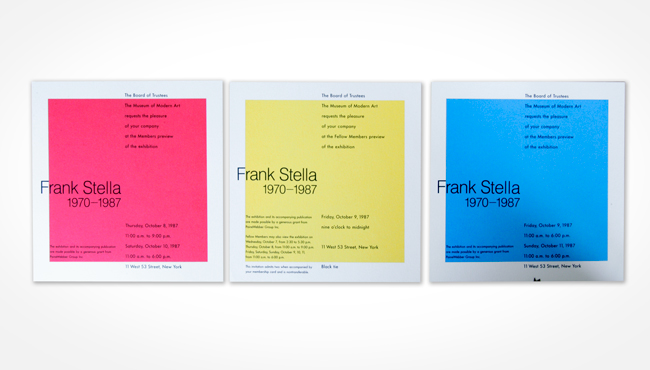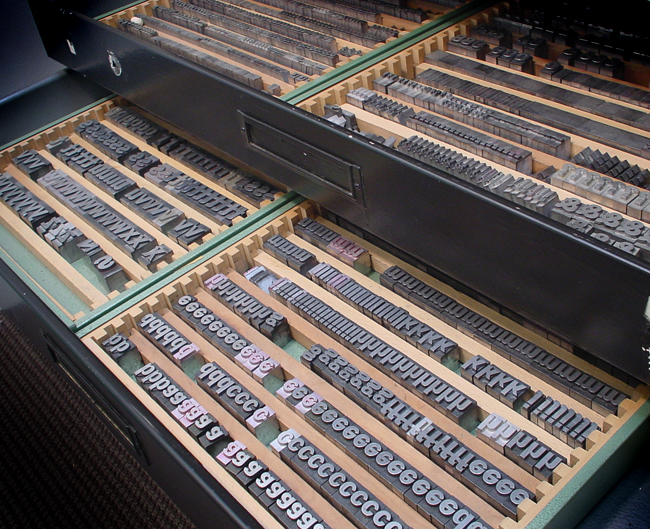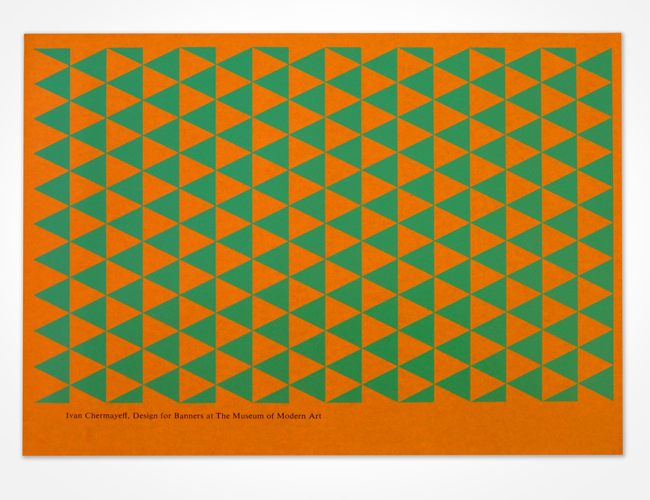After nearly a month of visiting the Bauhaus 1919–1933: Workshops for Modernity exhibition, many of us throughout the Museum took away at least one powerful message: don’t be afraid to cross disciplines. The fearlessness, enthusiasm, and collaboration of the students and masters is apparent in the show’s work.
So, upon learning that design education legend and DIY hero Ellen Lupton would be running several workshops in the Bauhaus Lab series, our Graphic Design department decided not to make a poster for her visit, but rather to shoot and edit a video. Of course, stepping out of your area of expertise requires collaboration, so we teamed up with two of the Museum’s video experts: Beth Harris, Director of Digital Learning, and David Hart, Associate Media Producer. It was a humbling and exciting experience.






